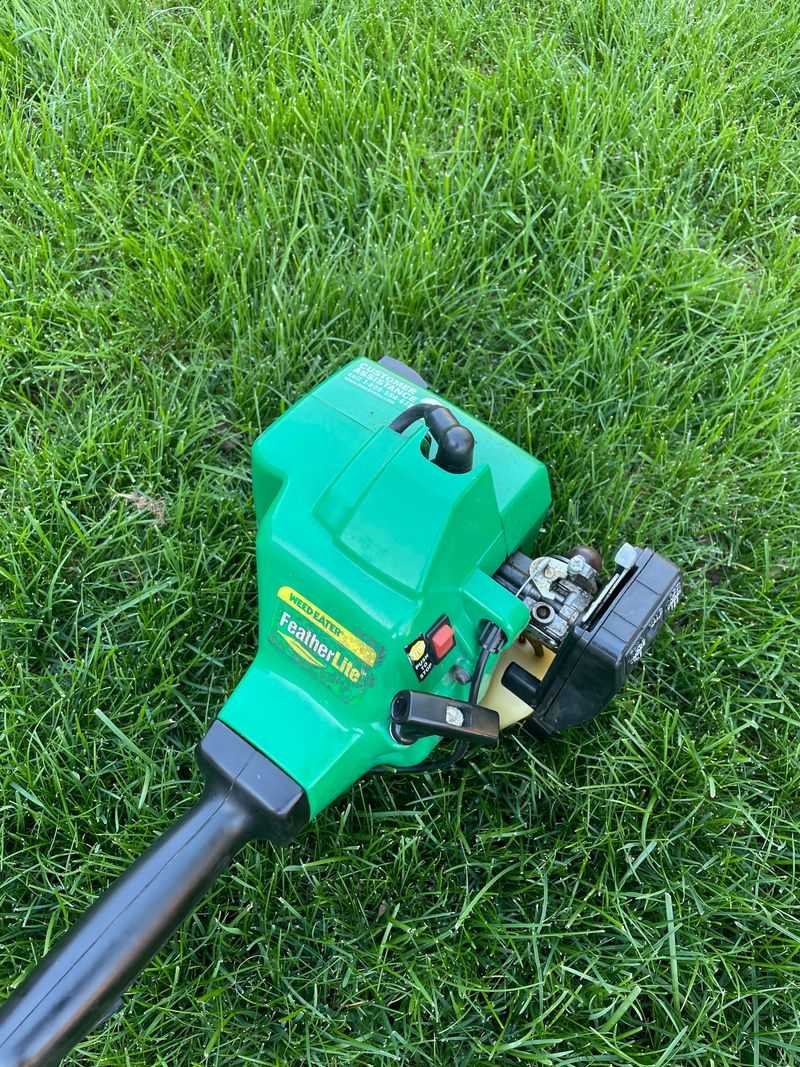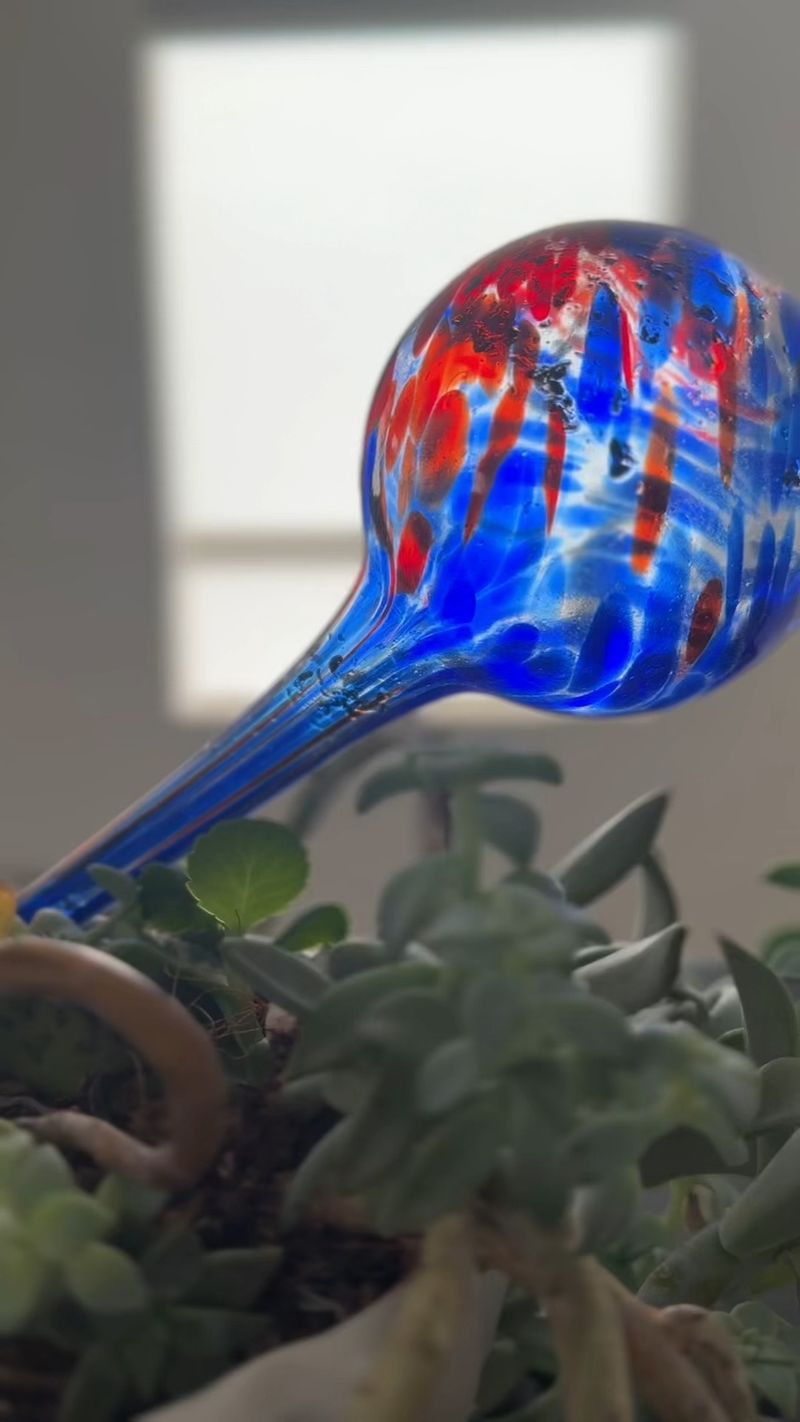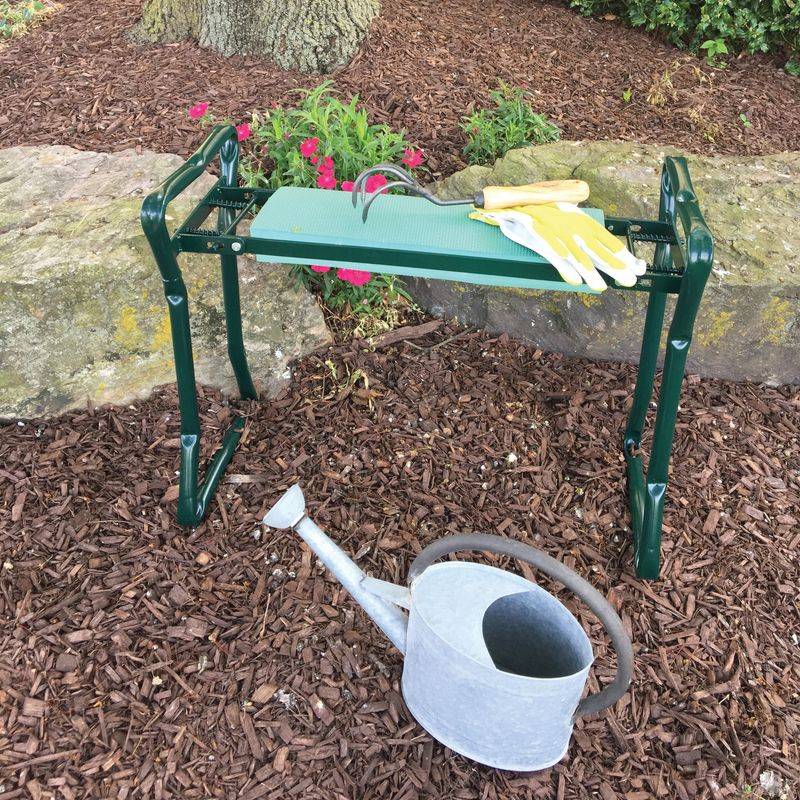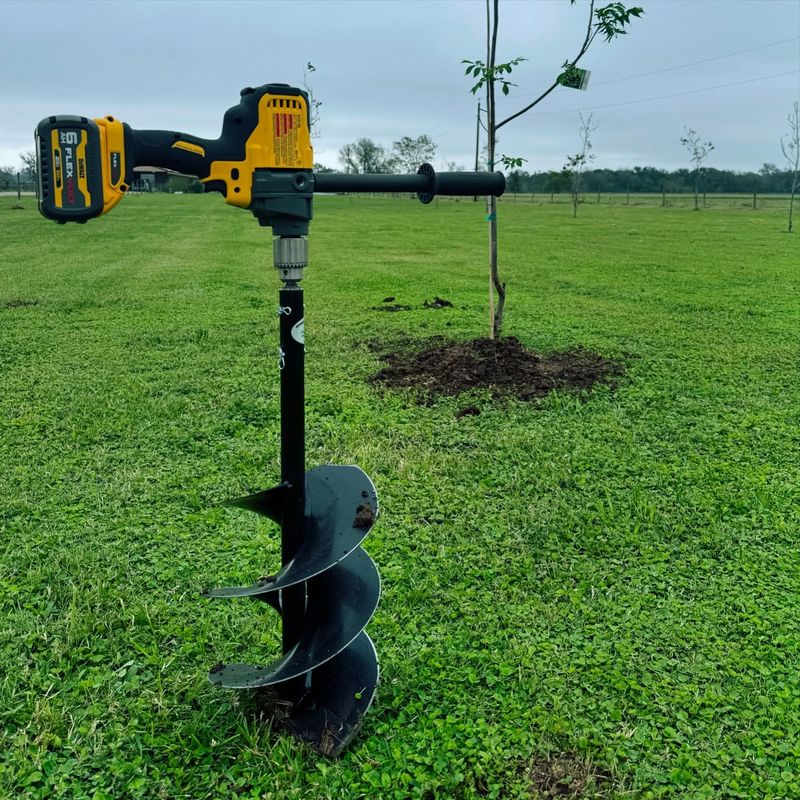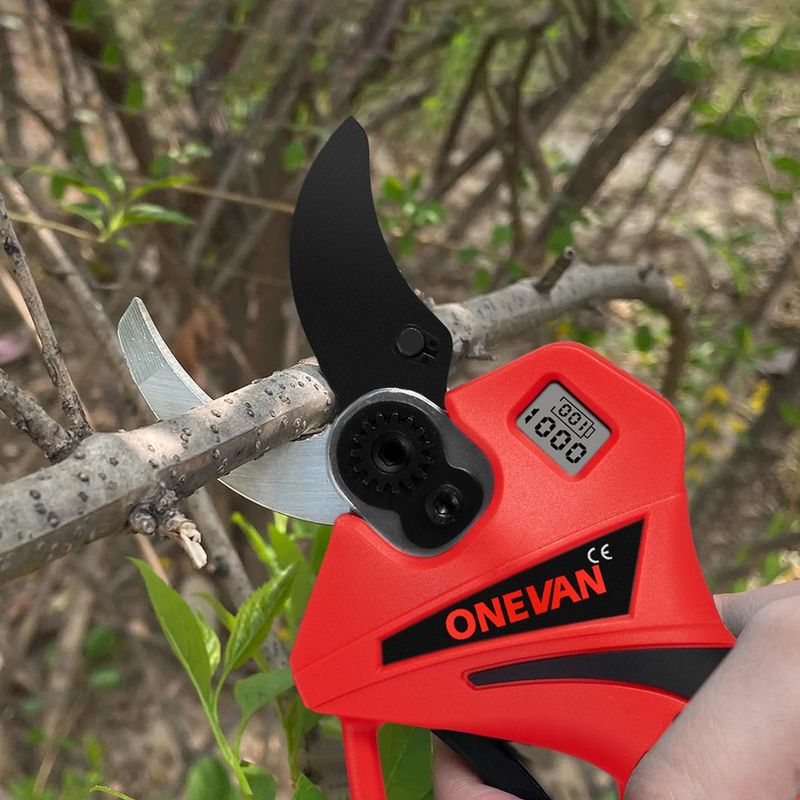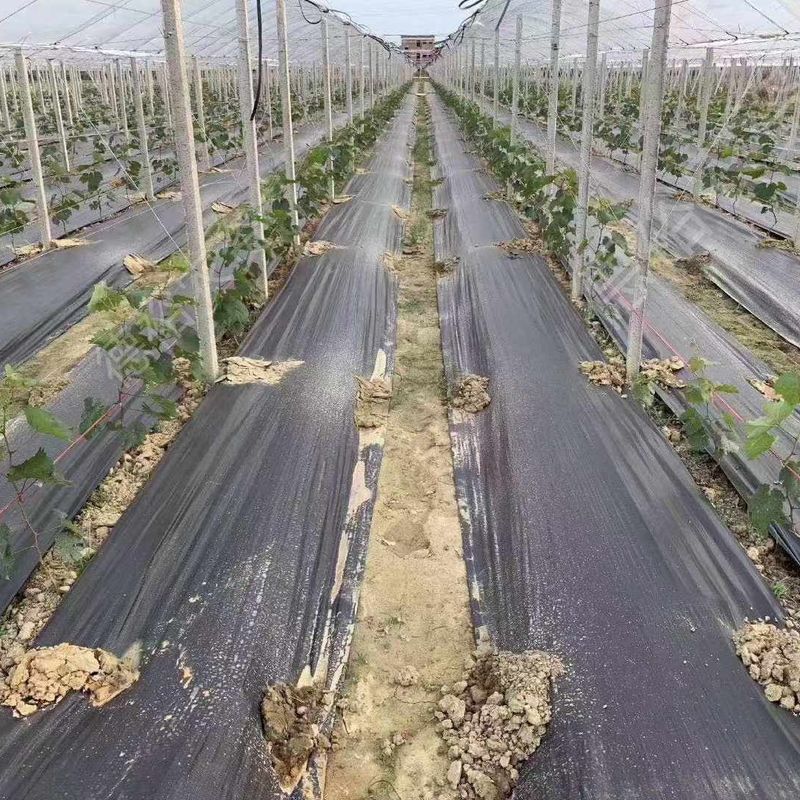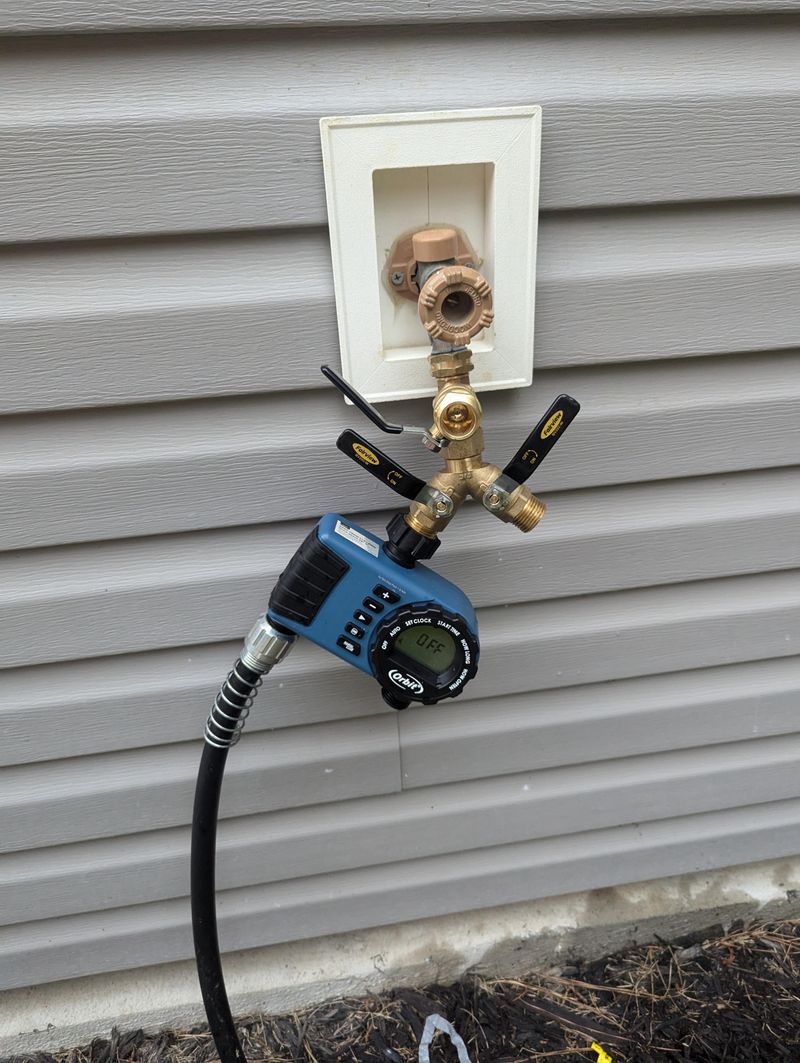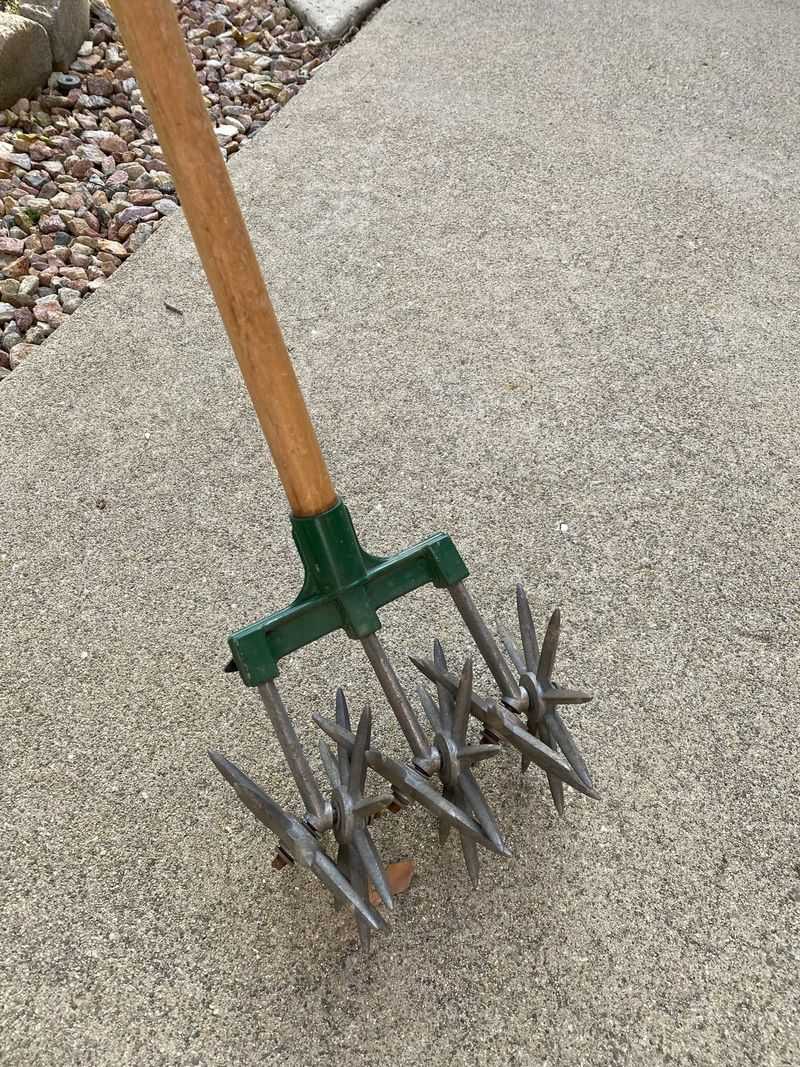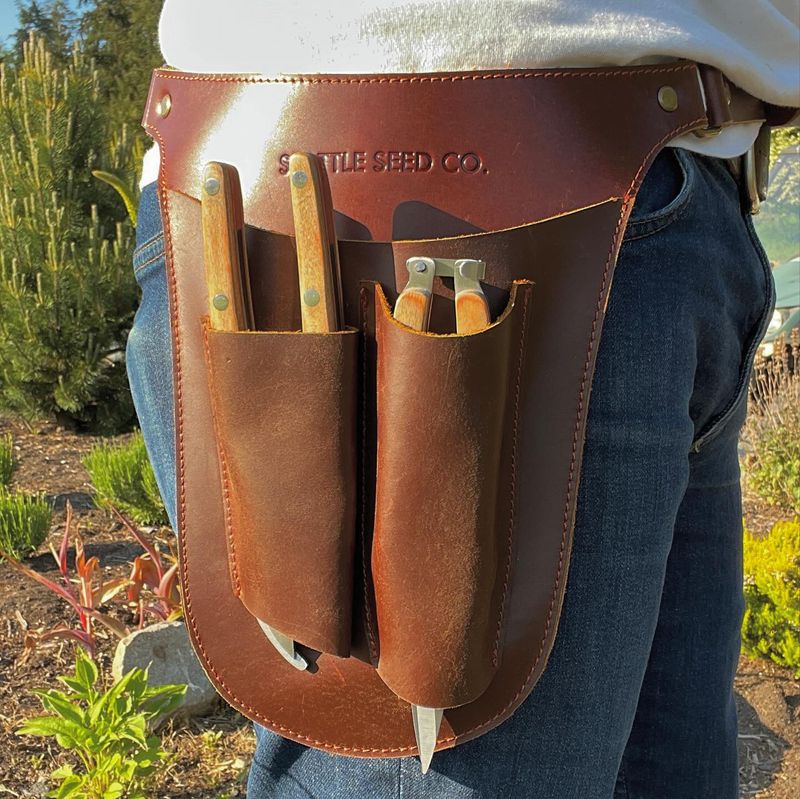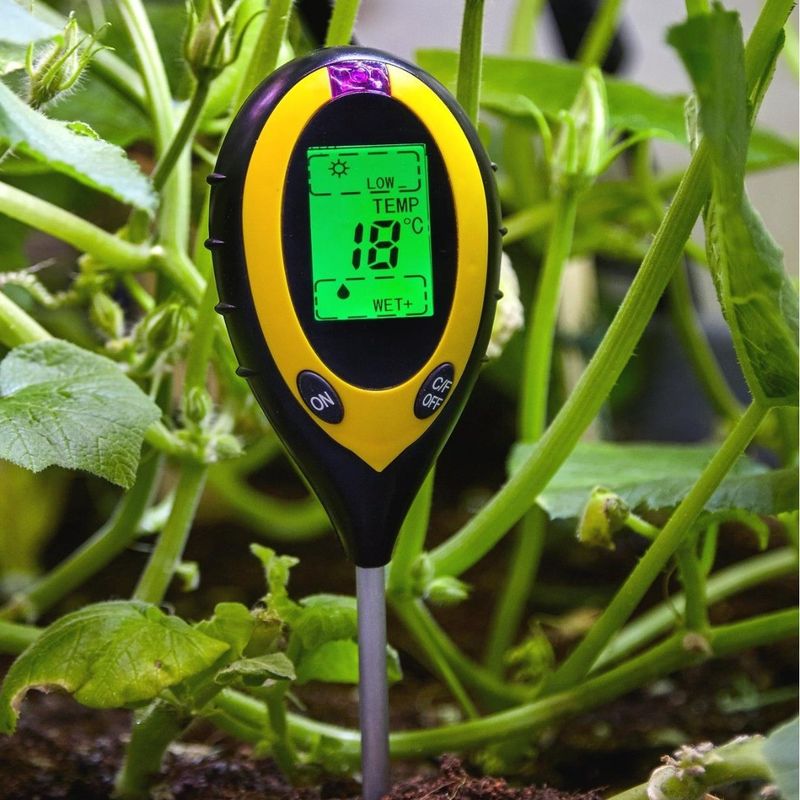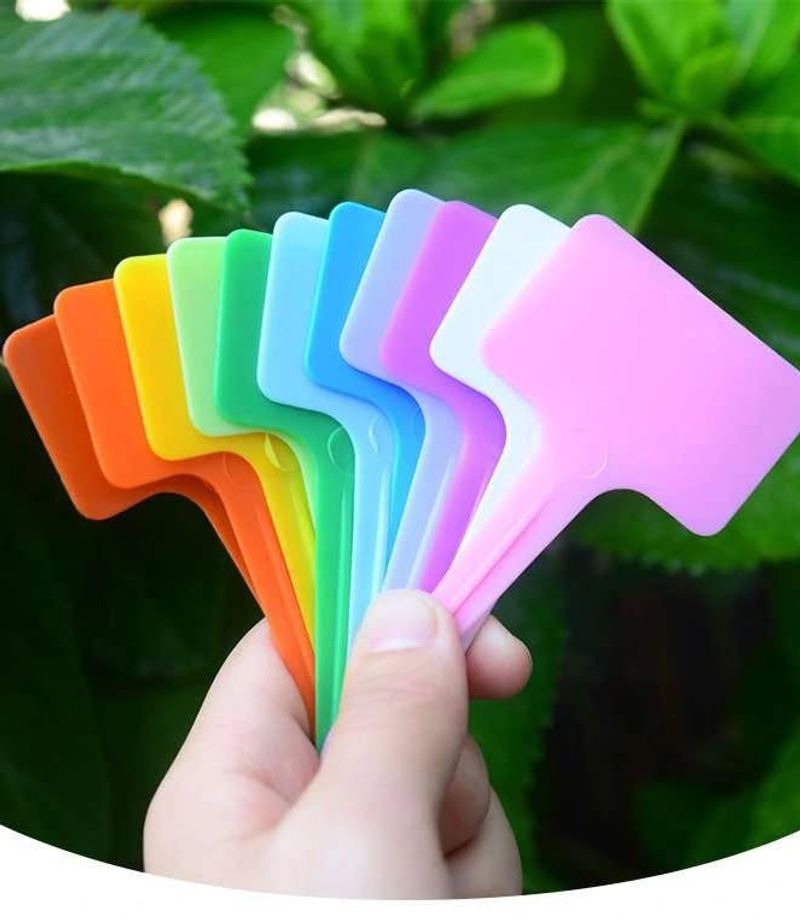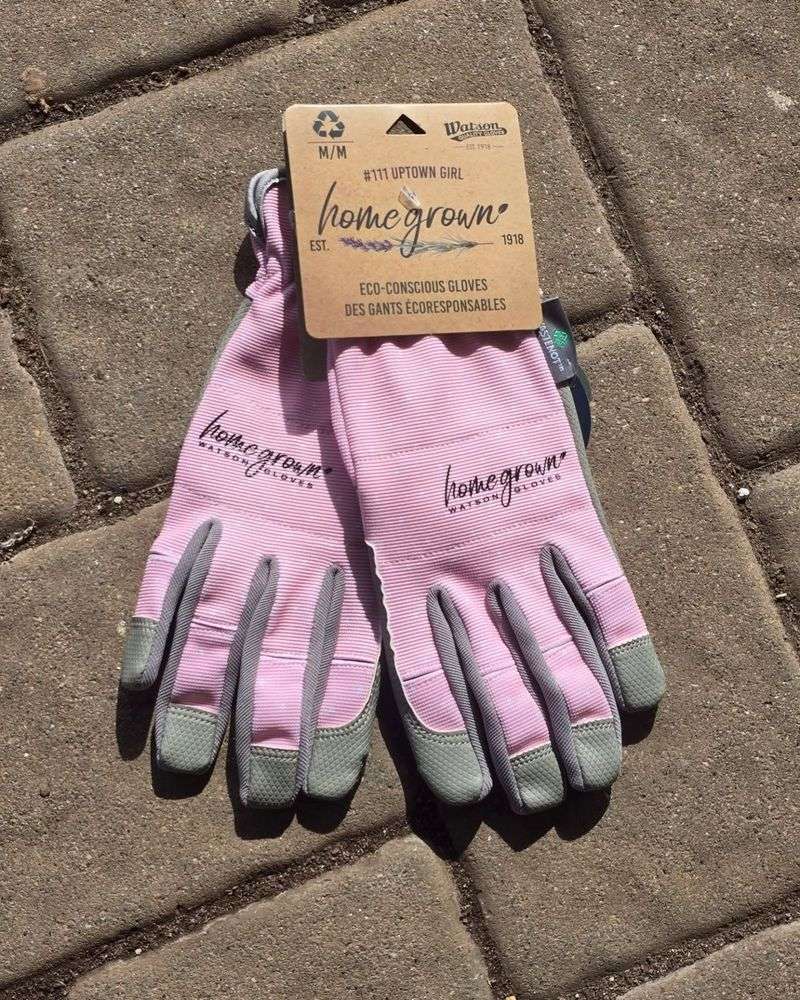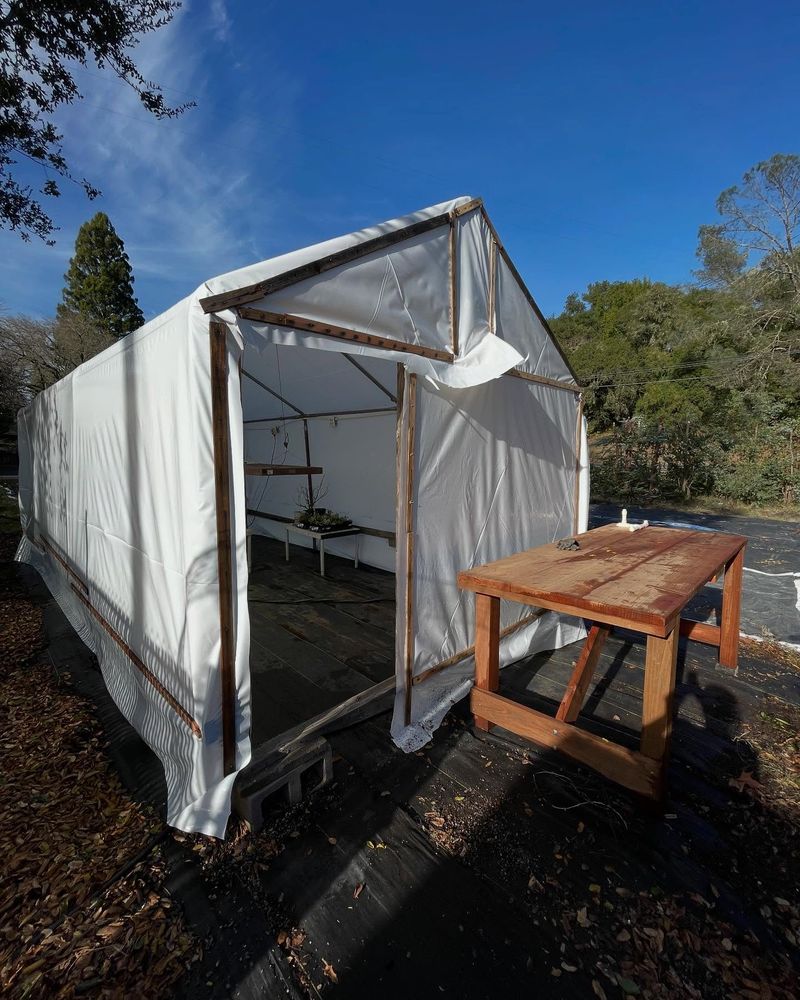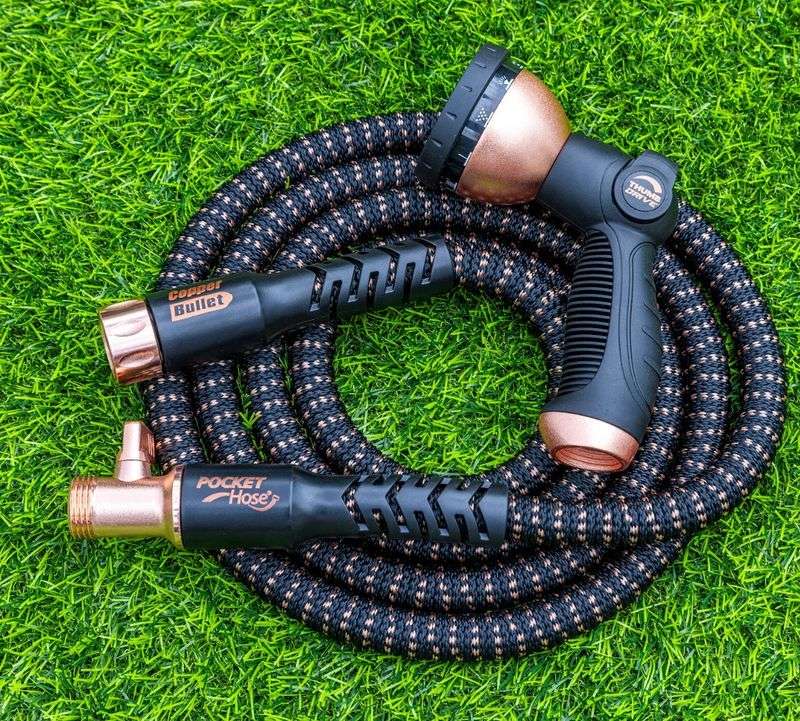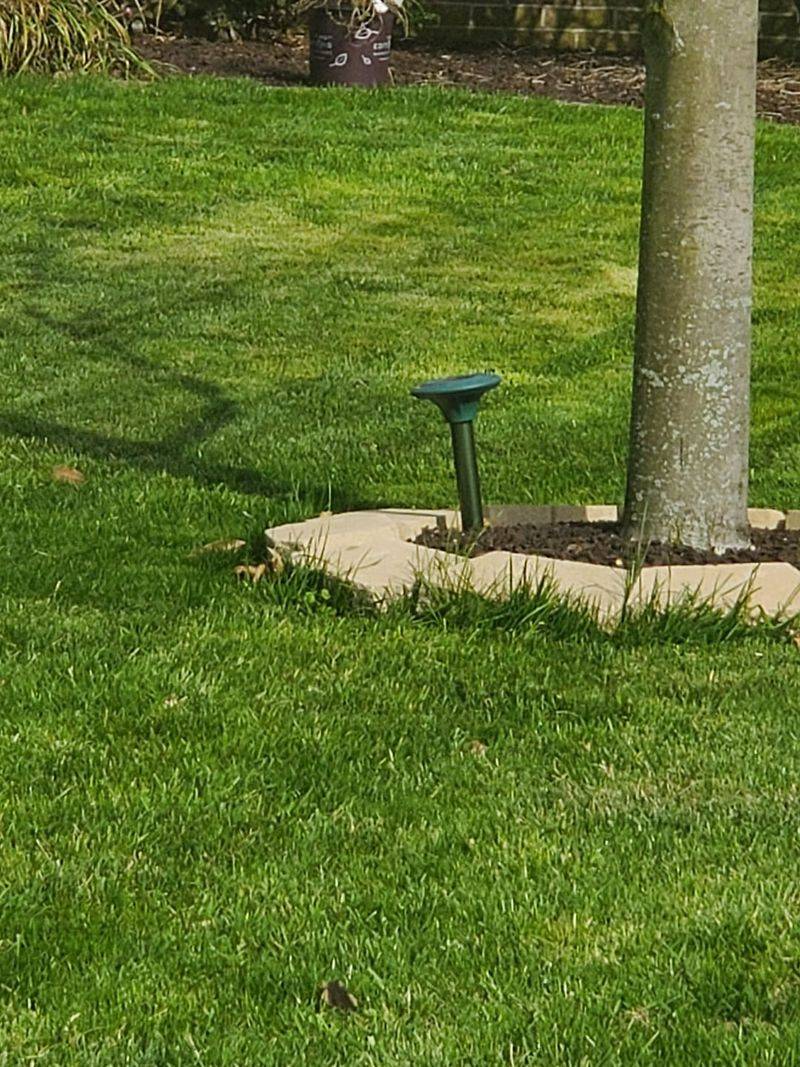I used to think I needed every shiny garden tool on the shelf—until half of them ended up collecting dust in the shed. These 15 might look useful, but in reality, they just take up space and slow you down.
I’ve broken a few, lost a few, and realized I never needed them in the first place. Simpler is better when you’re out there digging and pruning.
So if your tool collection’s overflowing, it might be time for a little cleanup.
1. Electric Weed Zapper
Those fancy weed zapping wands promise to eliminate weeds with a satisfying electrical sizzle. In reality, they barely singe the surface leaves while leaving roots perfectly intact and ready to sprout again.
Most require multiple treatments and work only on the smallest weeds. A simple hand tool or hoe accomplishes the same task more effectively and doesn’t need batteries or an outlet nearby.
Save your money and stick with manual weeding methods that actually address the root problem – literally!
2. Automatic Plant Waterer Globes
Those colorful glass globes might look charming stuck in your potted plants, but they’re utterly unreliable. They either dump all their water at once, drowning your plants, or clog up immediately and deliver nothing at all.
The water release depends entirely on soil conditions that constantly change. Many gardeners find them completely emptied within hours, leaving plants unwatered for days when you think they’re covered.
Skip these decorative but dysfunctional items and invest in a quality watering can or simple drip irrigation system instead.
3. Kneeling Bench with Tool Pouches
Marketing photos make these combo kneelers/seats look revolutionary, but they’re bulky, tippy, and surprisingly uncomfortable. The attached tool pouches are typically too small to hold anything useful.
The metal frame gets hot in summer sun and freezing cold in autumn. When you actually try using it, you’ll find yourself constantly readjusting position as you move along garden beds.
A simple foam kneeling pad costs a fraction of the price and can be easily tucked into a pocket or garden tote when not in use.
4. Bulb Planting Drill Bit
Garden catalogs showcase these specialized drill bits as time-saving miracle workers. Reality check: they frequently get stuck in clay soils, send dirt flying everywhere, and create slick-sided holes that can actually inhibit root growth.
Many gardeners report these bits burning out their drill motors when encountering rocks or tough soil. The holes often collapse before you can even drop a bulb in, especially in less-than-perfect soil conditions.
A simple bulb planter or garden trowel gives you more control and creates a better planting environment for your spring beauties.
5. Electric Pruning Shears
Battery-powered pruning shears promise to save your hands from fatigue. Instead, they deliver disappointing cutting power, frequent jams, and batteries that die halfway through your pruning session.
The bulky design makes precision cuts nearly impossible, often crushing stems rather than cleanly cutting them. This increases disease risk in your plants and creates ragged, unsightly pruning jobs.
Quality manual pruners with ergonomic handles provide better control, cleaner cuts, and never run out of power when you’re halfway through a big project.
6. Plastic Weed Barrier Fabric
The garden center promises weed-free bliss with these synthetic sheets. Fast forward one season and you’ll find them working their way up through the soil, creating an unsightly mess that’s nearly impossible to remove completely.
Weeds eventually grow on top of the barrier anyway as soil and debris accumulate. When you need to replant or amend your soil, you’ll curse the day you installed this plastic nightmare.
Natural mulches like wood chips or compost suppress weeds while simultaneously improving your soil rather than degrading into microplastic pollution.
7. Hose Splitters and Timers
Plastic hose splitters and timers seem like convenient additions until they inevitably crack, leak, or fail completely. Even expensive models tend to develop maddening drips that waste water and create muddy spots near your spigot.
The internal mechanisms frequently stick or fail after exposure to weather conditions. Many gardeners discover they’ve accidentally drowned plants when timers malfunction and don’t shut off as programmed.
Simply using your hose mindfully or investing in a quality irrigation system provides more reliable results without the constant replacements.
8. Three-Pronged Cultivator Claw
Those three-pronged hand cultivators look fierce in the garden center, but their narrow tines constantly get clogged with soil and debris. The prongs bend easily when encountering roots or stones, rendering them useless for any serious garden work.
The awkward handle design often causes wrist strain during extended use. Most gardeners find them frustratingly ineffective at breaking up compacted soil or properly aerating around plants.
A quality garden fork or hand trowel accomplishes the same tasks more efficiently without the constant cleaning and straightening required by these flimsy tools.
9. Garden Tool Belt
Garden tool belts seem practical until you actually wear one. They constantly slide around, dumping tools at inopportune moments or jabbing you when you bend over to work.
The pockets are inevitably too small for your most-used tools while the belt itself becomes uncomfortably hot and sweaty during garden work. Most gardeners abandon them after one frustrating session of constantly readjusting and retrieving dropped implements.
A simple garden tote or bucket organizer stays put where you place it and carries more tools without the discomfort.
10. Electric Soil Tester
Those multi-pronged electronic soil testers with digital readouts look impressively scientific. Unfortunately, most provide wildly inconsistent readings that vary depending on soil moisture, temperature, and even how deeply you insert the probes.
The sensitive electronics frequently fail after exposure to garden conditions. Even when working properly, they offer simplistic readings that don’t actually help improve your soil quality or growing success.
A professional soil test from your local extension office provides far more accurate and useful information for a fraction of the cost.
11. Plastic Plant Labels
Those flimsy plastic plant markers fade to illegibility within weeks of sun exposure. The stakes snap easily when inserted into anything firmer than potting mix, and the entire label often pops out of the ground after a good rain or watering.
Wind regularly turns them into garden litter that needs chasing down. Even the supposedly UV-resistant versions become brittle and shatter after a single growing season.
Painted rocks, metal stakes, or even repurposed wooden popsicle sticks provide more durable and environmentally friendly plant identification options.
12. Decorative Garden Gloves
Those cute floral-patterned garden gloves with the rubber dots might look Instagram-worthy, but they offer virtually no protection against thorns, splinters, or soil abrasion. The thin fabric tears easily when handling rough materials.
The one-size-fits-most approach leaves them baggy and dangerous around power tools or too tight and uncomfortable. The pretty patterns hide dirt poorly and become permanently stained after just a few uses.
Invest in proper task-specific gloves instead – leather for thorny work, waterproof for wet conditions, and breathable cotton for light tasks.
13. Pop-Up Greenhouse Tent
Those tent-like mini greenhouses collapse under the slightest wind or snow load. The thin plastic covering tears easily and degrades quickly in sunlight, becoming brittle and useless within a single season.
Temperature control is nearly impossible – they overheat dramatically on sunny days while providing minimal protection on cold nights. The zipper doors invariably break after minimal use, making access frustrating and defeating the climate control purpose.
You’re better off using cold frames, row covers, or investing in a proper greenhouse structure if you’re serious about season extension.
14. Expandable Pocket Hose
Those “revolutionary” expanding hoses that shrink for storage seem miraculous in commercials. In real gardens, they rupture with alarming frequency, often during their first season of use.
The thin inner tube cannot withstand normal water pressure or dragging across rough surfaces. When they fail, they do so catastrophically – soaking you and whatever else is nearby.
A quality rubber or reinforced hose costs more initially but will serve you reliably for years without the frustration and waste of constantly replacing burst expandable models.
15. Sonic Mole Repellers
Those battery-powered stakes claiming to drive away underground pests with sound waves? Pure garden mythology. Moles adapt to the noise within days, continuing their tunnel-building party beneath your lawn while you’re out $30.
University studies consistently show these devices perform no better than placebo stakes. Your neighbor might swear they work, but that’s likely coincidental timing when moles naturally moved territories.
Instead, try planting mole-repelling plants like daffodils or castor beans.


